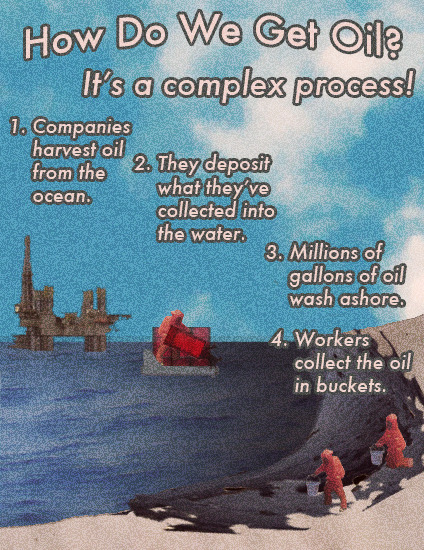Well, I've just come back from a week swanning about my favourite part of the country - that's Dorset, and surrounding counties.
One of the places that was high on my list of places to visit when I'd got time was Slapton Sands in Devon.
It's a bleak, desolate place on the whole, especially when it's cold, windy and inclined to drizzle a bit - which it was, on the day I went there.
The story of Slapton Sands and Exercise Tiger is both tragically sad, and downright disgraceful.
In late 1943, as part of the war effort, the British Government evacuated approximately 3,000 local residents in the area of Slapton, now South Hams District of Devon
Landing exercises had started in December 1943. Exercise Tiger was one of the larger exercises that would take place in April and May 1944. The make up of Slapton Beach was selected for its similarity to Utah Beach, namely a gravel beach, followed by a strip of land and then a lake.
The exercise was to last from 22 April until 30 April 1944, at the Slapton Sands beach. On board nine large tank landing ships (LSTs), the 30,000 troops prepared for their mock beach landing.
Protection for the exercise area came from the Royal Navy. Two destroyers, three motor torpedo boats and two motor gun boats patrolled the entrance to Lyme Bay and motor torpedo boats were watching the Cherbourg area where German E-boats were based.
Early in the morning of 28 April, German E-boats that had left Cherbourg on patrol spotted a convoy of 8 LSTs carrying vehicles and combat engineers of the 1st Engineer Special Brigade in Lyme Bay and attacked.
638 servicemen were killed, compared to only about 200 in the actual Utah Beach landing, 441 U.S. Army and 197 U.S. Navy personnel. Many servicemen drowned in the cold sea while waiting to be rescued. Soldiers unused to being at sea panicked and put on their lifebelts incorrectly. In some cases this meant that when they jumped into the water, the weight of their combat packs flipped them onto their backs, pushing their heads underwater and drowning them.
Of the two ships assigned to protect the convoy, only one was present. HMS Azalea, a corvette was leading the nine LSTs in a straight line, a formation which later drew criticism since it presented an easy target to the E-boats. The second boat which was supposed to be present, HMS Scimitar, a World War I destroyer, had checked into Plymouth for minor repairs. The American forces had not been told this. When other British ships sighted the E-boats earlier in the night and told the corvette, its commander failed to tell the LST convoy, assuming incorrectly that they had already been told. This did not happen because the LSTs and British naval headquarters were operating on different frequencies. Also, British shore batteries defending Salcombe Harbour had seen silhouettes of the E-boats but had been instructed to hold fire so the Germans would not find that Salcombe was defended.
When the remaining LSTs landed on Slapton Beach, the blunders continued and a further 308 men died from friendly fire. The British heavy cruiser HMS Hawkins shelled the beach with live ammunition, following an order made by General Dwight D. Eisenhower, the Supreme Allied Commander, who felt that the men must be hardened by exposure to real battle conditions. British marines on the boat recorded in its log book (the only log which has since been recovered from any of the boats) that men were being killed by friendly fire.
All survivors were sworn to secrecy by their superiors.
In his book The Forgotten Dead - Why 946 American Servicemen Died Off The Coast Of Devon In 1944 - And The Man Who Discovered Their True Story, published in 1988, Ken Small declares that the event "was never covered up; it was 'conveniently forgotten'".
The 'official' memorial stands at the Dartmouth end of Slapton Sands.

it records the gratitude of the forces to the people of the area who gave up their homes

it makes no mention of those who lost their lives.
With little or no support from the American or British armed forces for any venture to recover remains or dedicate a memorial to the incident, Devon resident and civilian Ken Small took on the task of seeking to commemorate the event, after discovering evidence of the aftermath washed up on the shore while beachcombing in the early 1970s.
In 1974, Small bought from the U.S. Government the rights to a submerged tank from the 70th Tank Battalion discovered by his search efforts. In 1984, with the aid of local residents and diving firms, he finally raised the tank, which now stands as a memorial to the incident. The local authority provided a plinth on the seafront to put the tank on, and erected a plaque in memory of the men killed. Small documents how the local villagers were of more assistance than either the US or UK military officials. Later the American military honored and supported him, when at the same time the UK military were snubbing his efforts. Small died of cancer in March 2004, a few weeks before the 60th anniversary of the Exercise Tiger incident.
This is the memorial that, thanks to Ken, stands at the Torcross end of Slapton Sands, and which gives a true and fitting tribute to those marines.





